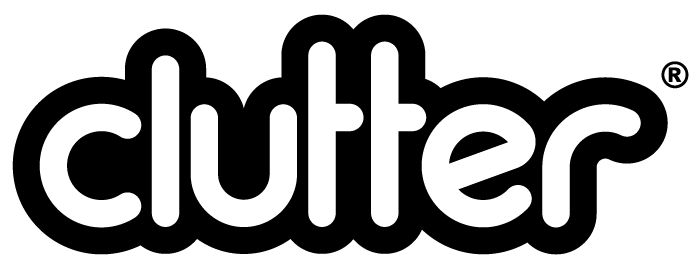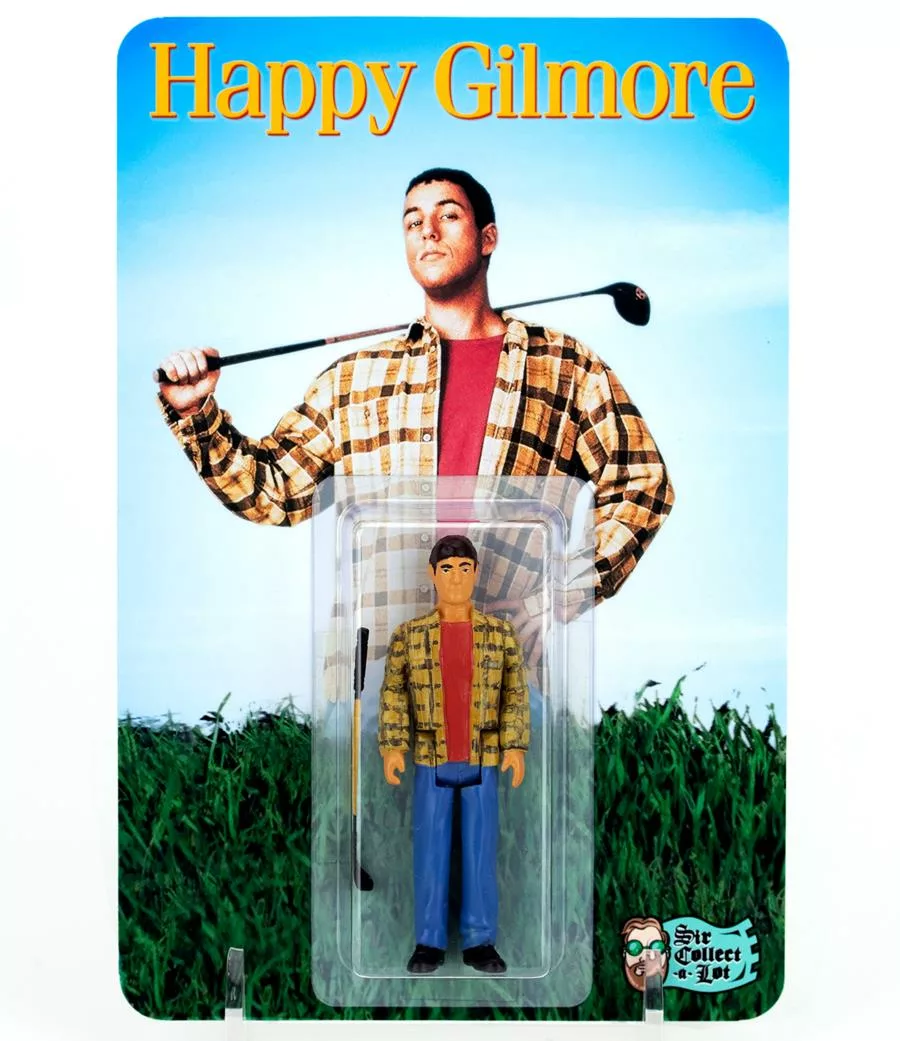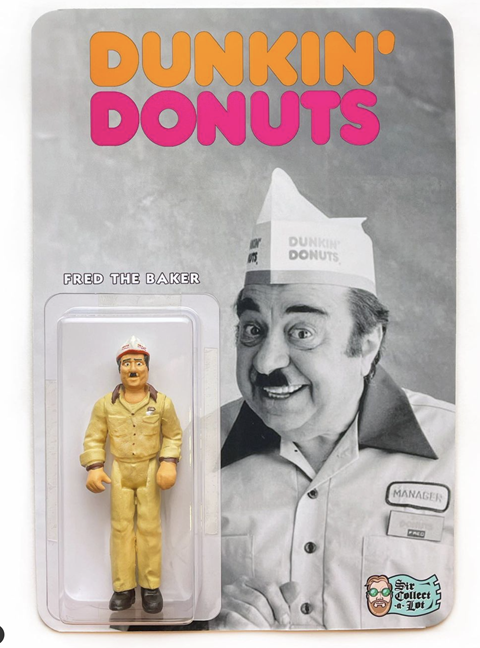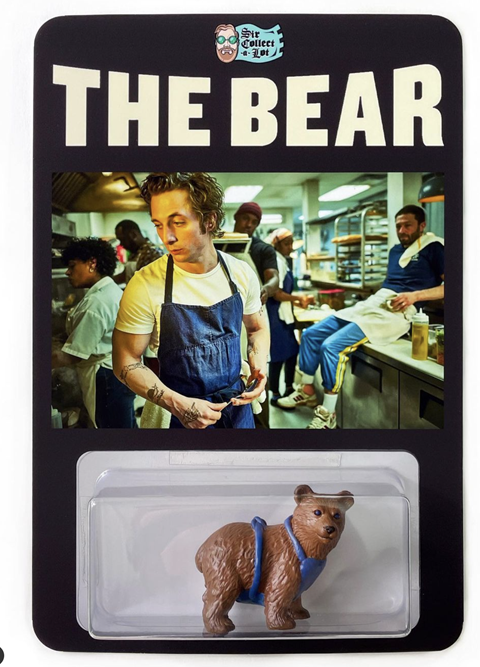How did you become Sir Collect-a-lot?
When the pandemic hit, I was furloughed from my job in the travel industry where I had been doing social media and email marketing for six years. With a lot of free time on my hands and nowhere to travel, I decided I needed a hobby. I had been following a couple of artists on Instagram who made bootleg action figures and because the materials seemed cheap and accessible, I decided to give it a try.
How did you start?
I picked up some old childhood action figures of mine from my parent’s basement and bought a few more on eBay because most stores were still closed at this time. I bought sandpaper, super glue, a paint set, some clay, and got to work. I started by Frankensteining parts together, sanding off parts of figures that I did not want, and sculpted on new parts with clay. Then I sprayed the figures down with primer and repainted them from scratch.
Whenever I got hung up on a step I used YouTube tutorials to find a way through it. Every project was hours into days of trial and error
The toys started piling up – literally, so I made an Instagram account for my toys under the name @SirCollectALot. Soon enough people started asking to buy my work – I didn’t like the idea at first because I wanted to keep the toys for myself – I’d come to see them as among my more prized accomplishments.
Some of my first toys took me 20 to 25 hours to make over days if not weeks. But when people made requests for commissioned work – asking me to bring their own ideas to life – the toys became easier for me to pass on to another owner.
I was slowly able to ramp up to 2-3 commissions – or my own projects – per week, but then I got called back to my job. I was grateful to be working again when so many others were not, but I quickly realized just how much I had fallen in love with my strange new hobby. I tried to juggle both my corporate job and my toymaking for a while, especially because I had no confidence in whether I’d be able to financially support myself with my new venture. But soon the sale prices of my auctions went up; so, too, did the prices of what people were willing to pay for commissioned work.
How did you start collaborating with other artists/celebrities?
In the summer of 2021, I decided to bet on myself and left my job for good to start making toys full-time, so I launched a site
at the end of September and continued to take on commission and collaborative work with both celebrities and major brands – from Guy Fieri to Rick Ross and Chili’s Restaurants to Pringles.
I was able to overcome the imposter syndrome that kept me from referring to myself as an artist when I began showing and selling my work in galleries around the world. In 2022, I had my first solo show at Gallery 1988 in Los Angeles and in 2023, I had my work featured in the intro to RapCaviar’s series on Hulu.
In continuing to transition from hobby to business, I began to have my one-of-one figures replicated into short runs – working in conjunction with a small team of artists to help mold, cast, paint, and package the figures, allowing me to take on much larger orders than my usual one-off pieces. While I still love to make one-of-one pieces, I would not have the successful business that I have without the ability to scale my work from one to many, as I have now been able to produce large orders for musicians, athletes, celebrities, and brands to sell or otherwise use for marketing.
What is your favorite part about Bootleging?
My favorite part of what I do is still the same as when I started – walking through a flea market or comic book store and scouring old bins of figures for ideas for my next project. Many projects are idea-led by either the client or some dumb pun that I cannot get out of my head until I bring it to life in toy form, but letting the parts I find dictate the idea is always the most exciting. The process of seeing the legs of one figure and the head of another to inspire my next idea is what will always keep the next project as exciting as the last. The possibilities have been, and always will be, endless.
Basic’s of Bootlegs…
The term bootlegging first originated in the 19th century, when smugglers concealed bottles of liquor in their boots while trading with Indian tribes. In 1919, prohibition was enacted and the practice of bootlegging spread across the United States to supply alcohol to the people. The word eventually came to mean the illegal dealing of goods, and today it is often applied to piracy of music or movies. For the designer toy community, the term ‘bootlegging’ has a very specific meaning; a genre for creating toy art based on licensed properties without permission…
Read more below:






